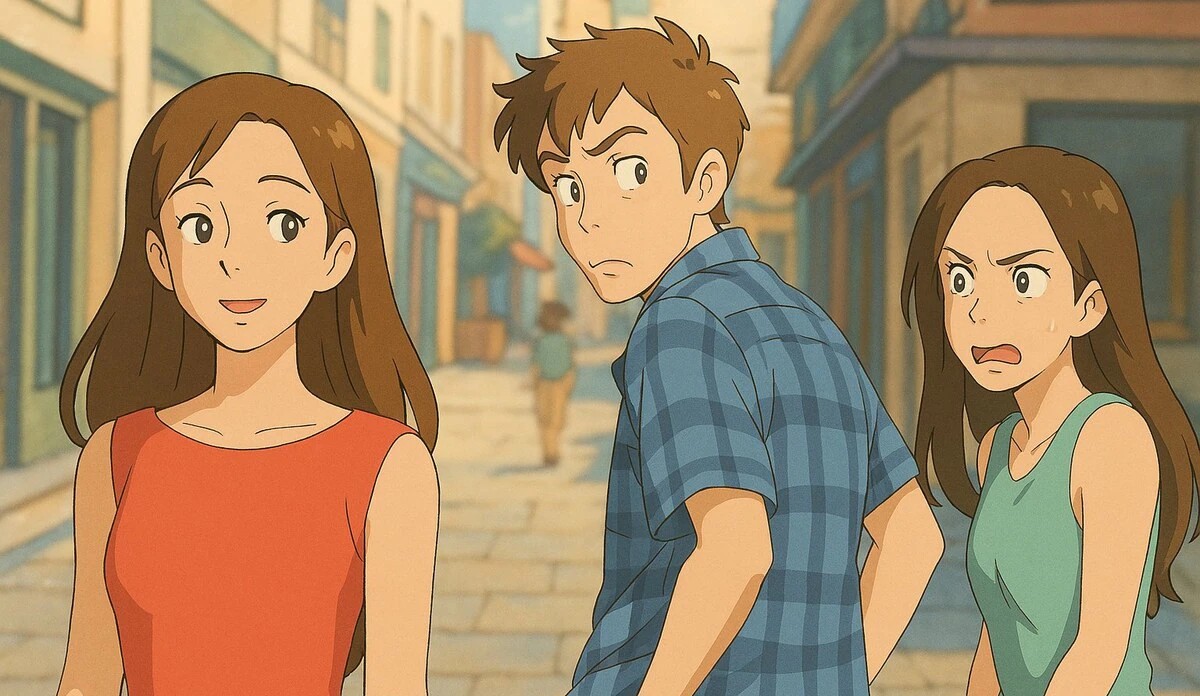Now Reading: Viral AI Video Steals Hayao Miyazaki’s Art Style
-
01
Viral AI Video Steals Hayao Miyazaki’s Art Style
Viral AI Video Steals Hayao Miyazaki’s Art Style

New Delhi, October 3, 2025: Viral AI video has recently been circulated online, quickly becoming the center of a heated global discussion about technology and artistic integrity. The video, which has been widely shared across social media platforms, shows imagery generated in the unmistakable and iconic style of Studio Ghibli, the world-renowned Japanese animation house co-founded by Hayao Miyazaki.
The controversial clip was brought into focus after the release of a new AI image generation tool, which was immediately utilized by users to create millions of “Ghibli-style” images from personal photos and various other sources.
The controversy was further amplified by the public perception that a “theft” of the distinctive aesthetic was being committed, an act implicitly linked to OpenAI CEO Sam Altman because of his company’s technology. The images, characterized by the dreamy color palettes and whimsical designs celebrated in films like Spirited Away, were viewed by many as a form of infringement. The debate intensified when an old statement by Hayao Miyazaki was widely recirculated, wherein he was shown expressing his profound distaste for AI-generated animation, which he described as an “insult to life itself.”
Also Read: Corporate Shock: Viral Video Fuels Indian Work-Life Balance
Viral AI Video Steals Hayao Miyazaki’s Art Style
The sheer volume of content created using the new AI model was so immense that it forced the company to implement rate limits, as was publicly announced by Sam Altman. The enormous demand was described as “biblical” and the company’s computing resources were said to be “melting” under the pressure. This unexpected surge in usage, driven largely by the imitation of the Studio Ghibli aesthetic, has effectively put the intellectual property of artists and studios at the forefront of the AI discussion.
The use of the distinctive animation style by the AI model has raised serious questions about copyright and the ethics of training large language models on existing, original artwork without the explicit consent or compensation of the creators. The outrage expressed by artists and fans was directed at what was perceived as the commodification of a unique, hand-drawn art form that is celebrated globally for its high standards of craft. The viral AI video trend became a symbolic flashpoint, representing the broader conflict between the rapid advancement of generative AI and the traditional arts community.
Viral AI Video Steals Hayao Miyazaki’s Art Style
In response to the backlash, Sam Altman addressed the criticism, stating that the democratization of content creation by AI was considered a “big net win for society.” He acknowledged that the technology had caused disruption and introduced new competition for artists but argued that lowering the barriers to entry for creation ultimately benefits all. Despite this defense, the fundamental ethical dilemma concerning the appropriation of an established and recognizable style, which is deeply rooted in the artistic legacy of Hayao Miyazaki, was not fully resolved for many critics.
The incident has ensured that the viral AI video will be remembered as a crucial moment in the ongoing conversation about the future of art in the age of generative models. The immense popularity of the Ghibli-style images confirmed the powerful desire of the public to engage with a beloved aesthetic, but it also underscored the deep-seated fear that human creativity is being exploited by technology. The debate over the boundaries of digital imitation continues to be vigorously pursued in creative and technological circles globally.







